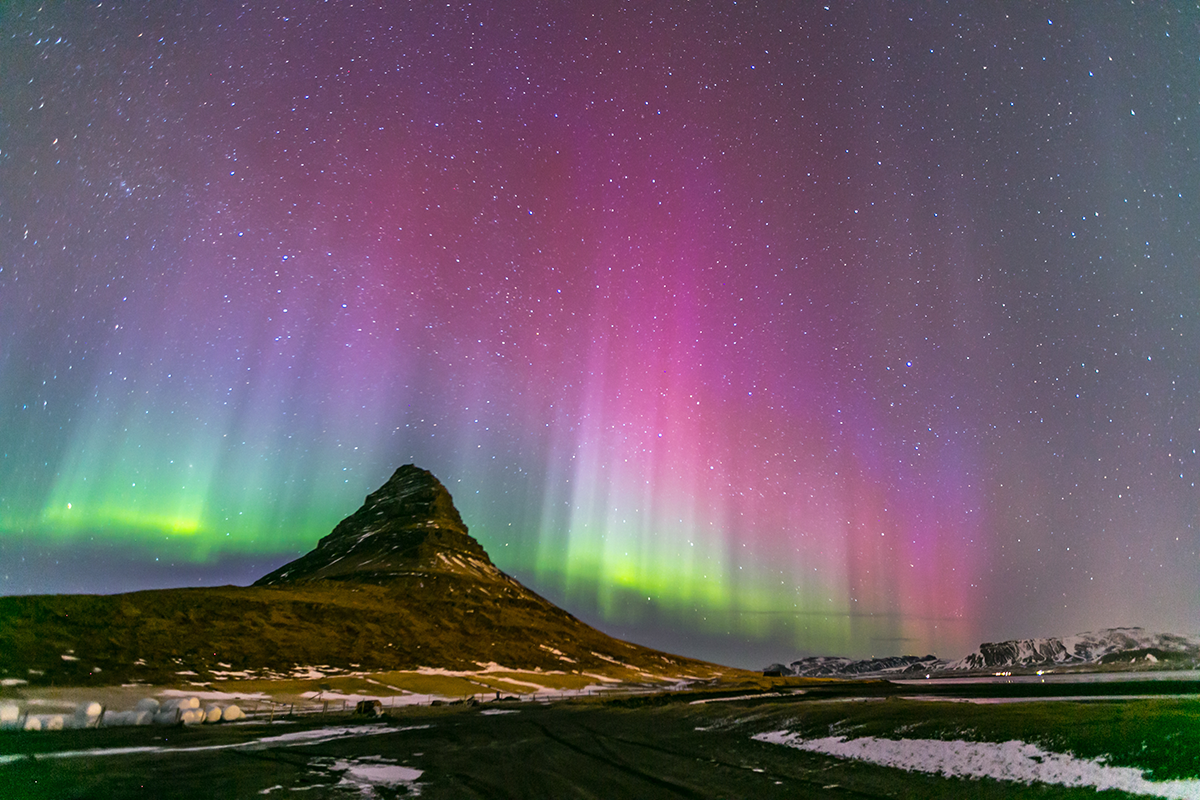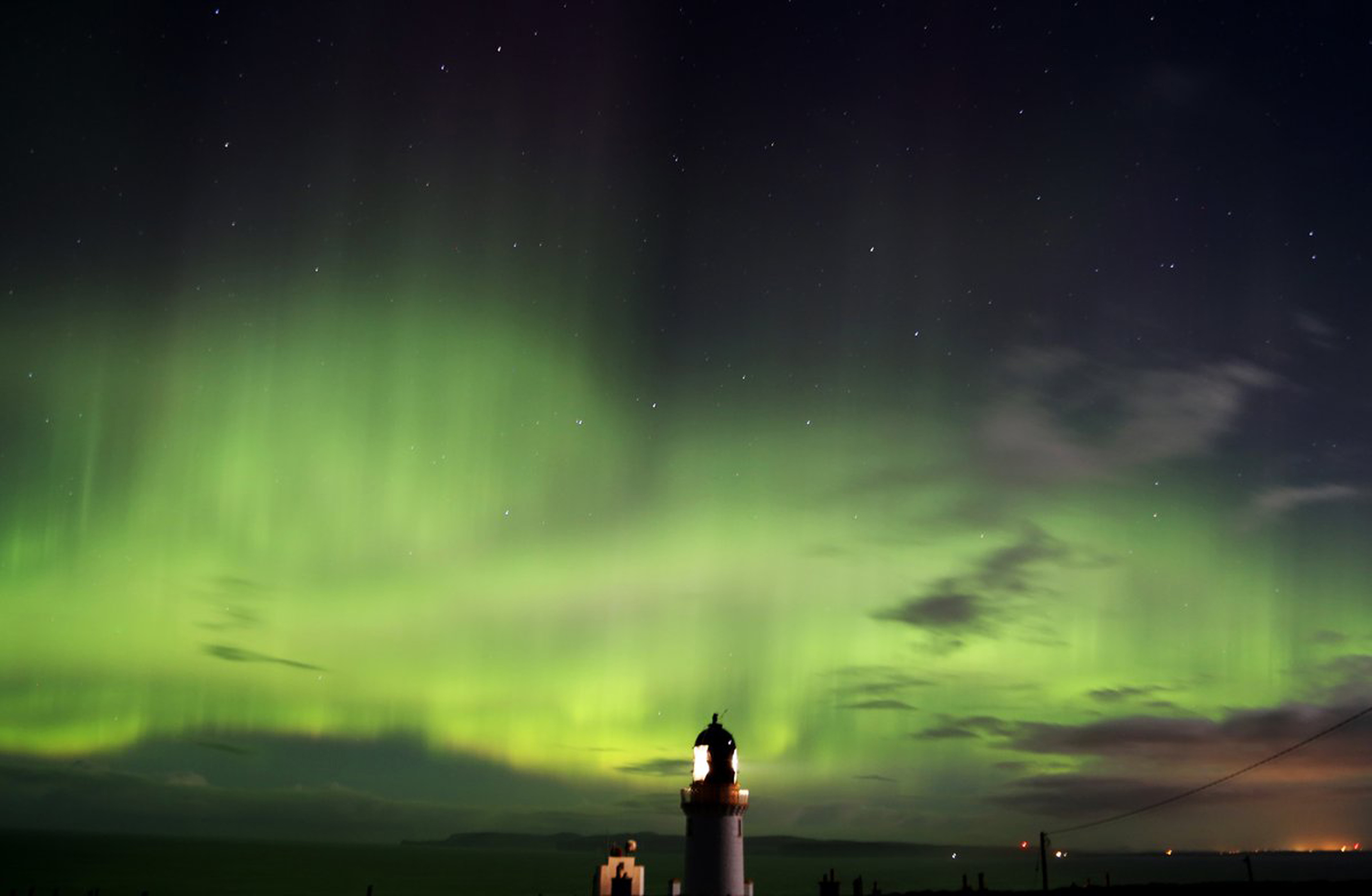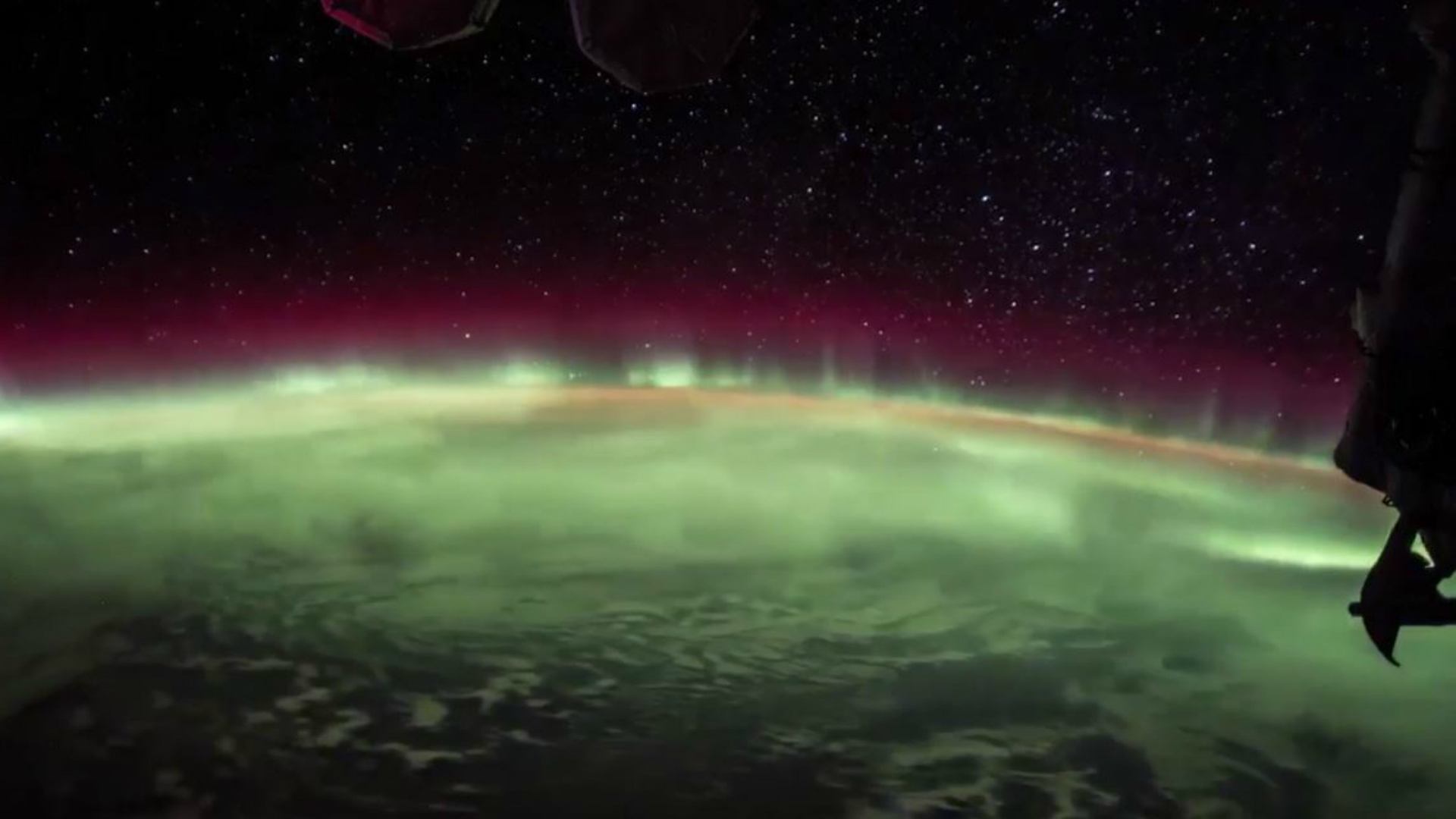
Contrary to what some people think, the aurora borealis can occur at any time of day. However, our eyes need darkness to be able to perceive them. This means that the days around a full moon are not the best for hunting the lights. It’s also best to get far away from the lights of towns and cities to maximise your chances of a sighting.
Fickle, mysterious, but undoubtedly magical, the aurora borealis is one of nature’s greatest wonders.
Electronic streamers dancing across the northern hemisphere’s skies, the lights can occur at the right latitudes whenever there’s enough activity and the sky is dark.
A whole industry of hotels, tours and even cruises has sprung up, aiming to give people a better chance of witnessing the spectacle of the northern lights.
When it comes to successful aurora hunting, Norwegian city Tromso has a lot to offer. Located on the coast, it is set against a backdrop of dramatic, spiky mountains, with plenty of good accommodation options at a range of prices, and direct flights from Norwegian in non-Covid times. Best of all, it sits right underneath the aurora oval – meaning it’s one of the best places for a neon-streaked sky show, even if activity is low.
Although officially Arctic territory, it only dips to an average -6C in mid-winter – so there’s no need for bulky insulation suits every time you step outdoors.
If you want to beat the crowds, avoid mass market coach tours and go solo with a hire car. Most buses with big groups race to the Finnish border, where skies are often clearer and sightings more reliable. But you don’t need to travel so far or frantically. Favoured by local guides, Kvaloya (Whale Island) is a 40-minute drive from the city centre, and ideal for empty-road drives leading to fjord-side solitude.
If you’re travelling in a bubble, Pukka Travel’s Northern Lights Tesla Experience is an excellent choice. Accompanied by an aurora guide/driver, the electric cars carry a maximum of five guests, and the emphasis is on exploring wilderness. Glide silently through snowy, people-free landscapes and stop to make a campfire and watch the stars.
Leaving city light pollution behind and visiting more remote areas maximises your chances of seeing the aurora. For cosy isolation within easy reach of Tromso, take a ferry from Belvik to Vengsoy island, where sea eagles easily outnumber inhabitants. Stay at Vengsoy Rorbuer, a huddle of three neatly equipped fishermen’s cabins gazing out to a network of icy fjords.
For impressive scenery, it’s hard to beat the island of Senja – under a three-hour drive from Tromso. Camp Tranøybotn’s self-catering lighthouse has a 360-degree view of frozen fjords and big skies. Follow photographer Steffen Fossbakk on Instagram (@seffis) for inspiration on other places to explore.
Away from the coast, skies tend to be clearer, meaning more opportunity for the aurora to shine. Given three quarters of the country is covered in trees, Finnish Lapland has a good selection of secluded woodland hideaways. Visit in autumn to watch the lights reflect on Lake Inari. Nellim Wilderness Hotel is an affordable option.
If you prefer refined to rustic, head over the border to Sweden. Logger’s Lodge in Harads is separated by five kilometres of dense forest from the nearest neighbour.
Of course, geo-magnetic waves ripple around the globe, so aside from Scandinavia and the Nordics, it’s also possible to hunt aurora in Canada, Alaska and Greenland.
If you’re prepared to make the trek, Yellowknife in Canada has extremely reliable sightings. Bone-chilling temperatures bring clear skies and a 98% chance of seeing the lights.
For a complete escape, try Blachford Lake Lodge. Unreachable by road, the only access is by ski plane.
There are a couple of apps worth downloading. SpaceWeatherLive shows the current Kp index – the measure used for activity – and has lots of charts detailing solar winds and magnetic fields. AuroraNow gives a simple percentage probability of seeing the northern lights in your location.
P.S.
Contrary to what some people think, the aurora borealis can occur at any time of day. However, our eyes need darkness to be able to perceive them. This means that the days around a full moon are not the best for hunting the lights. It’s also best to get far away from the lights of towns and cities to maximise your chances of a sighting.
Factfile
Visit pukkatravels.com, vengsoyrorbuer.com, norwegianwild.no, loggerslodge.com and blachfordlakelodge.com. Remember, it is currently illegal to travel abroad on holiday due to Covid restrictions. Check the latest advice at gov.scot and gov.uk before planning your trip.

Enjoy the convenience of having The Sunday Post delivered as a digital ePaper straight to your smartphone, tablet or computer.
Subscribe for only £5.49 a month and enjoy all the benefits of the printed paper as a digital replica.
Subscribe © Sam Flice/PA Wire
© Sam Flice/PA Wire  © PA
© PA